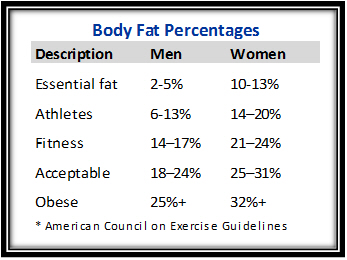This post may contain affiliate links.
Here’s a photo of James, my husband. Here are some facts about James:
 1. He has a body fat of 13%, according to his body fat test from the University of Utah. A body fat of 13% is quite low.
1. He has a body fat of 13%, according to his body fat test from the University of Utah. A body fat of 13% is quite low.
2. He’s a competitive cyclist, and won’t bat an eye about having to spend 4 hours straight on a spin bike in the basement.
3. James is religious about his strength training, and works hard to keep bulked up.
4. He is “overweight.”
Yes, you read that right. James is overweight, and closer to obese than normal, according to Body Mass Index (BMI) results. You can play with a BMI calculator here to see if you’re overweight like James. Since 1832 we’ve been determining body fat based on BMI, a ratio of height and weight. It wasn’t even originally developed to measure obesity! Perhaps it’s time for a change. James’ inaccurate results are good proof of that. BMI doesn’t distinguish between lean mass and fatty mass, and that’s the problem with it. Even the CDC currently uses BMI for population assessment of obesity. It’s easy and inexpensive, so it just won’t seem to go away. But clearly lean mass isn’t a health problem, just fatty mass is.
Excess fat can lead to serious health risks. You want to make sure your body fat levels fall within healthy ranges so you don’t increase your risk of disease. I won’t go into all the ways that fat is bad for you – that’s well established. So if you want a simple (like BMI) gauge of healthiness, what we need is not something that just measures mass, but something that puts the emphasis on the fatty mass – which is where the health problem is.
There is a new measure called the Body Adiposity Index (BAI) that’s been receiving some attention lately. The BAI uses a formula based on hip circumference and height. Current research shows that using hip width instead of weight is a more reliable measure of one’s body fat percentage. It’s still in the research phase, and is still being fine-tuned, but you can check out a BAI calculator here and see what you think.
Or, you could just measure the fatty mass directly. James and I have a body fat scale made by Tanita that we love, but it wasn’t cheap. While accuracy of body fat scales is controversial, we look at it more as a guide. If our body fat % has gone up, we can assume we’ve been slacking…whether or not the numbers are spot on. The scale provides us good feedback on our present levels, and it keeps us motivated.
Here’s a chart to determine healthy body fat levels:
Other ways to determine body fat are skinfold caliper measurements, and the more expensive but more accurate underwater weighing, bioelectrical impedance, and DEXA scans. The trouble with these methods is that you need an expert to run the tests and you need to spend some money. But, I definitely recommend it. If you’re interested in getting an accurate body fat reading, look for an exercise science lab near you (universities, usually).










